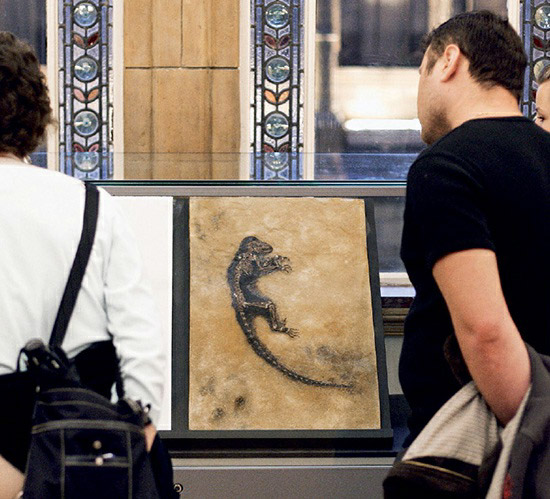Primates, a group of mammals that survived at least two large-scale mass-extinction events, have developed unique behavioral strategies and evolutionary adaptations to thrive in environments often ruled by larger predators. Some early mammals adopted burrowing lifestyles for protection, while the ancestors of modern primates took to the trees, a decision that would profoundly influence their evolution.
Primarily known for their hands, hand-like feet, and forward-facing eyes, primates vary in size from small lemurs to large gorillas, including diverse species like marmosets, tarsiers, monkeys, apes, and humans. While most are adept at living in trees, humans are a notable exception. The arboreal lifestyle of primates led to a reliance on vision rather than smell, resulting in sharper stereoscopic vision, color perception, and the development of opposable thumbs.
The earliest primates, dating back about 60 to 50 million years ago, resembled modern-day lemurs but had distinct differences in claws and teeth. The divergence of primates from other mammals is a subject of ongoing research, with some theories suggesting geographical separation and adaptation to new ecological niches as key factors.
Simian primates, including monkeys and apes, emerged around 40 million years ago and quickly dispersed from Asia to tropical environments in Africa, Europe, and the Americas, even crossing the Atlantic Ocean. Their adaptability is evident in their various social structures, from solitary living to complex group dynamics. Primates also exhibit slower development from infancy to adulthood compared to other mammals of similar size and have longer lifespans. Studies of modern primates reveal high intelligence and a history of tool use, underlining their sophisticated behavioral and cognitive capabilities.
The story of primates is not just a tale of survival and adaptation but also a fascinating journey into the development of complex social behaviors and cognitive abilities, setting them apart in the mammalian world.

